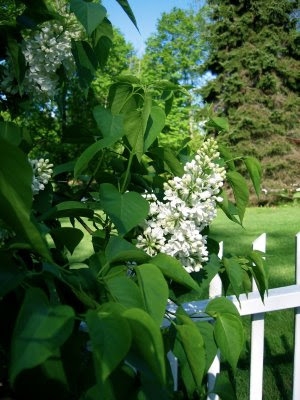
I knew when my husband acquiesced to my demands for a gate between the corral and the pasture that I had to be careful. There would be no opening the stall doors and throwing open the gate so the horses could trample me and do something horrible to their legs by falling into the little drainage ditch. The last thing anyone needs is an injured horse. Plus, the deal was that the drainage ditch must be preserved so that the barn wouldn’t flood. I’ve been really good about watching out for that and shoveling the ditch each time the horses push too much dirt into it. What’s been more of a challenge is the urge that they have to go thundering back and forth between the corral and the pasture.
The purpose of the gate is to allow the horses to come and go from the barn as they wanted. I was tired of the shenanigans of them waiting at the gate to go in and then pacing relentlessly in the corral shortly thereafter so they could go back out again. Bringing Siete in from the pasture to the barn had turned into an opportunity for her to battle with people over who was in charge. I was worried that she would hurt one of us as she raced into her stall to get to her feed bucket. I wanted less drama about something as simple as going back and forth from corral to pasture, especially on days when I’ve got other dramas to handle.
The first time I tried closing the stall doors, opening the gate and then opening the stall doors, the horses got so excited that they exploded out of the barn, stumbled across the ditch and raced around the pasture, back to the corral, into the barn, and then back out to the pasture again. It took my breath away. Clearly, that approach wasn’t going to work.
I also discovered that if the gate is open and I go into the stalls to muck, my curious little monkey, Siete, rushes in to see what I’m doing and whether I need her help. As soon as I shoo her out, her mother has to come and check on us to make sure that she’s not missing anything. Of course, Siete returns to join us. So there all three of us are, in one stall, stirring things up and making my cleaning job that much harder.
So, our safe and sane routine is that I lead the horses out one by one to the pasture, just like I’ve done before the new gate was installed. The gate stays closed, and they enjoy the pasture while I muck. Then, I carefully open the gate, making sure that neither horse seizes the moment to race back into the corral and the barn. After I’m safely out of the way, occasionally they run in to see if there’s something new and important in there. Over time, they’ve learned that I don’t like the running in thing, so now, they meander over. They usually find a flake of hay in each stall, and Silk always goes to Siete’s room instead of her own. Siete eats in her mom’s stall until I show up with their feed buckets. Then, they politely switch and stick their heads out eagerly to show me that they are in their proper places.
You may be wondering why I would bother telling you these mundane daily rituals. The truth is that it endlessly fascinates me to watch my horses interact with each other and with me. Everything they do tells me something about them, and often about myself too. It is remarkable how their inner clocks know exactly when it’s time to go to the barn to eat the hay since that triggers me coming out to feed them. Siete is really learning that it’s not okay to be rude and pushy and run into the corral and the barn. I can tell that she’s trying to please me, and she does. She gets praise and encouragement from me, and she obviously likes it.
Everything is not always perfect. What’s interesting is that when one of the horses does react by running from the pasture into the barn, there’s always a reason. Sometimes, it’s a bug that won’t stop biting or a little argument over territory. I can see how the consistency of what we do helps to ground them.
It reminds me to apply some of the same principles to raising my 13-year old daughter. Navigating around one physical boundary has given me a better understanding of new ways to establish safe and healthy mental and emotional boundaries for horses and people. It’s not just whether the gate is open or shut, it’s all about how we react to it.












